The Flow of the Gift
We often think our “best self”means being at our peak: poised, prepared, and perfect. But our best self isn’t appearance. It’s alignment.

We often think our “best self”means being at our peak: poised, prepared, and perfect. But our best self isn’t appearance. It’s alignment.
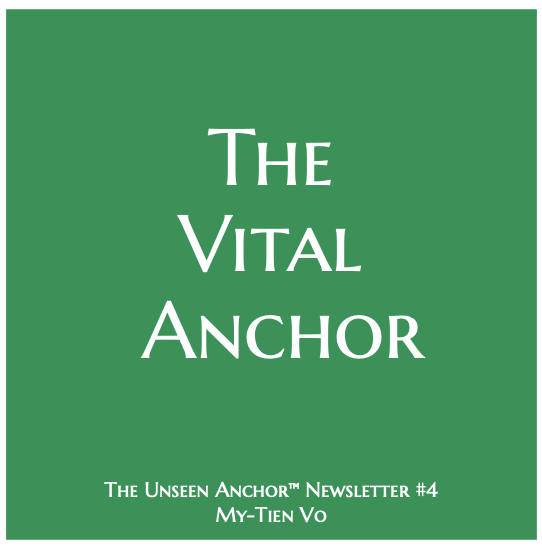
Our breath is an internal anchor within our reach; it’s seldom optimized. It can serve us well if we learn to use its full power.

Being an Unseen Anchor does not always lead to depletion. Sometimes, it becomes a source of steadiness. Your anchor is strongest when it also supports you.
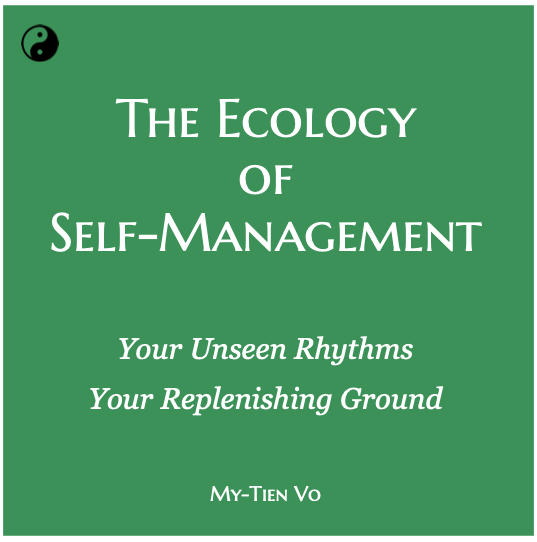
Beyond self-manage, self-cultivate your inner ecology: nourish your Jing (Essence), Qi (Energy), and Shen (Spirit).
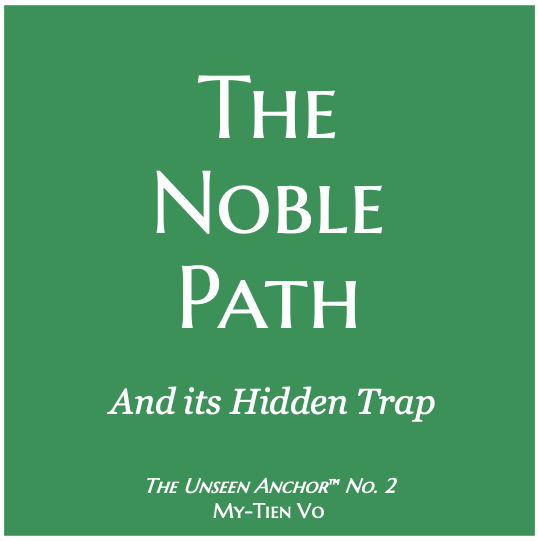
The Noble Path — steady, devoted, selfless — is an ideal honored in every culture. You can honor what you’re giving as a conscious trade-off, rather than a sacrifice that drains you.
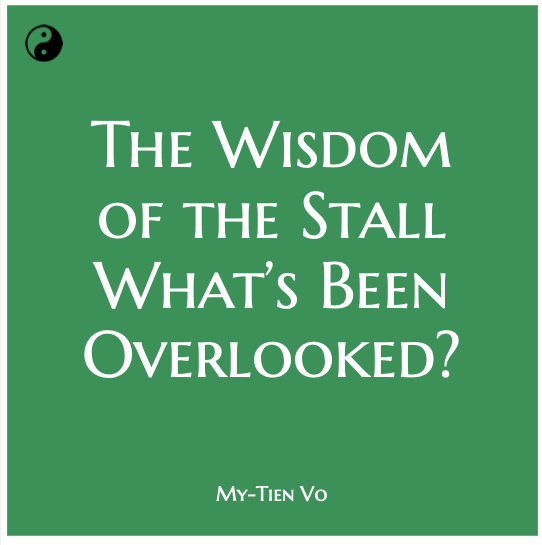
Stalls and lulls are signs to step back from speeding toward outcomes that may need readjustment, to reassess what’s being overlooked.

Those who anchor us are often unseen. Sometimes, even the anchors need anchoring. Repose is self-healing and nurturing.
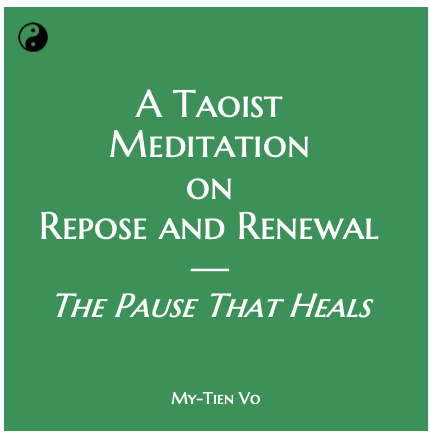
The Tao favor rest and renewal. If we don’t move our Qi, we stagnate. If we don’t press Pause, deplete.
Allow the pause that heals.
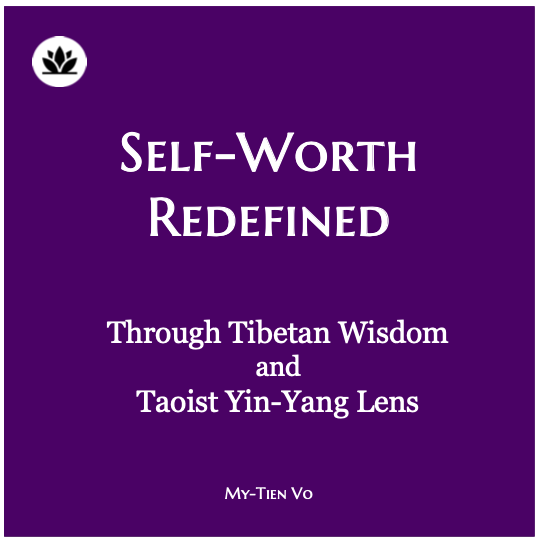
Our worth is not earned—it’s embedded in our being. Self-worth lives in both doing and being. Define self-worth in your own words; or others will define it for you.
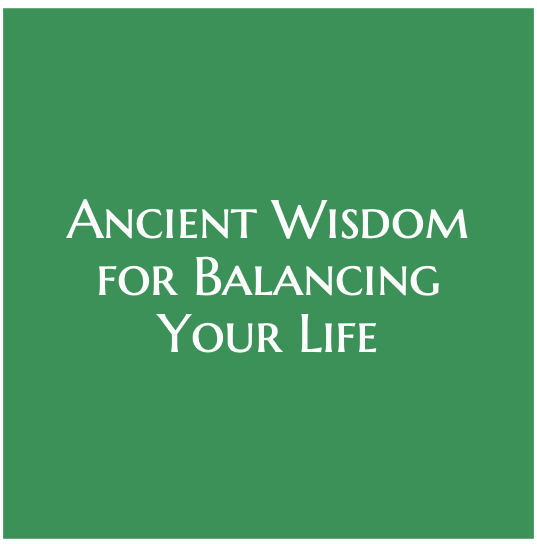
Life often feels like a constant journey of endless “Either/Or.” Taoism, with its Yin-Yang principle, invites us to step off that exhausting path and embrace a more balanced middle way, which reduces stress and enhances well-being.